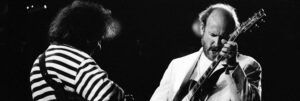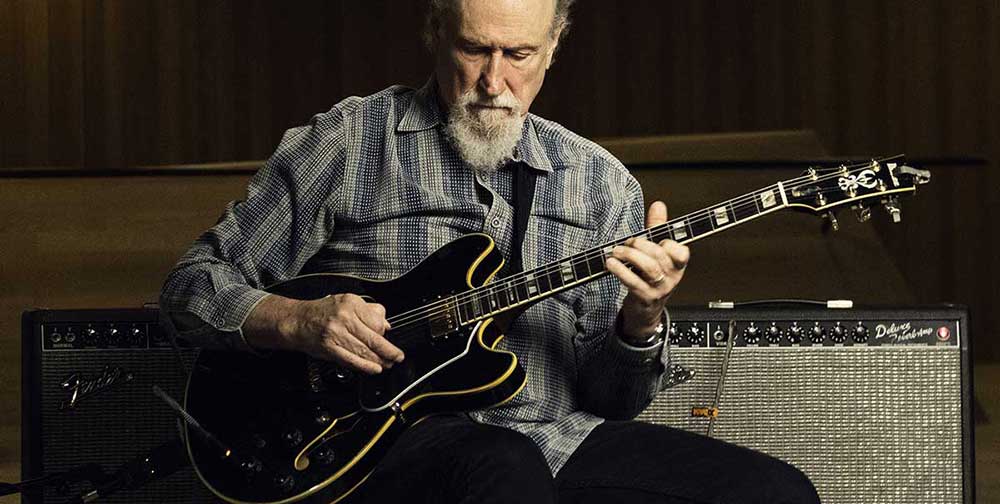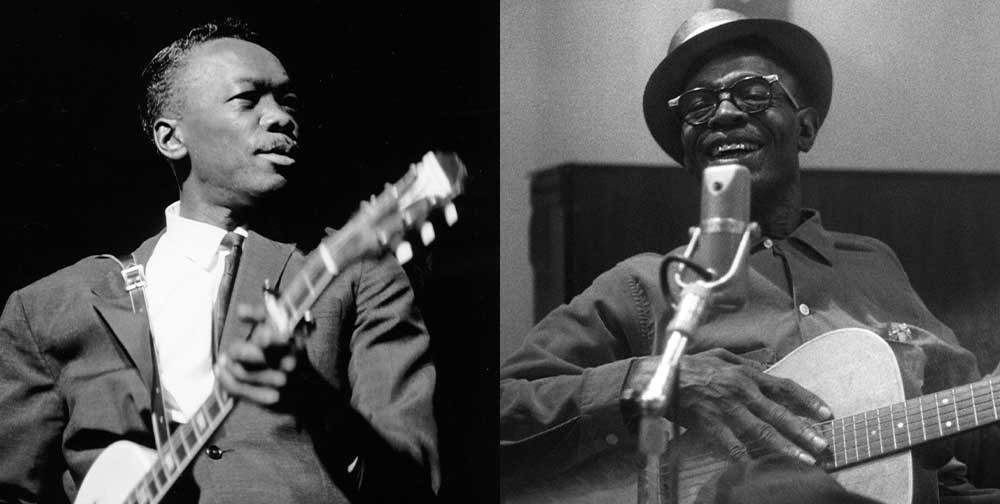For many jazz guitar fans, the early-to-mid 1990s was a golden period. Legends (Jim Hall, George Benson, James Blood Ulmer, Sonny Sharrock, Larry Coryell, Pat Martino, John McLaughlin) were going strong, young lions (Bireli Lagrene, Mark Whitfield, Russell Malone) were blossoming, and Scott Henderson, Frank Gambale, Kevin Eubanks, Hiram Bullock, Robben Ford, Bill Frisell and Mike Stern showcased a startingly sophisticated mixture of jazz, blues and rock.
But it was John Scofield and Pat Metheny who arguably ruled the roost, and their 1994 collaboration was a match made in jazz-guitar heaven. Scofield, born Boxing Day 1951 in Dayton, Ohio, attended the famous Berklee music school in the early 1970s before garnering top-notch sideman gigs with Billy Cobham, Charles Mingus and Chet Baker. He then joined Miles Davis’s band in 1982 for three years whilst recording a succession of electrifying jazz/rock solo albums, including “Still Warm” and “Blue Matter”.
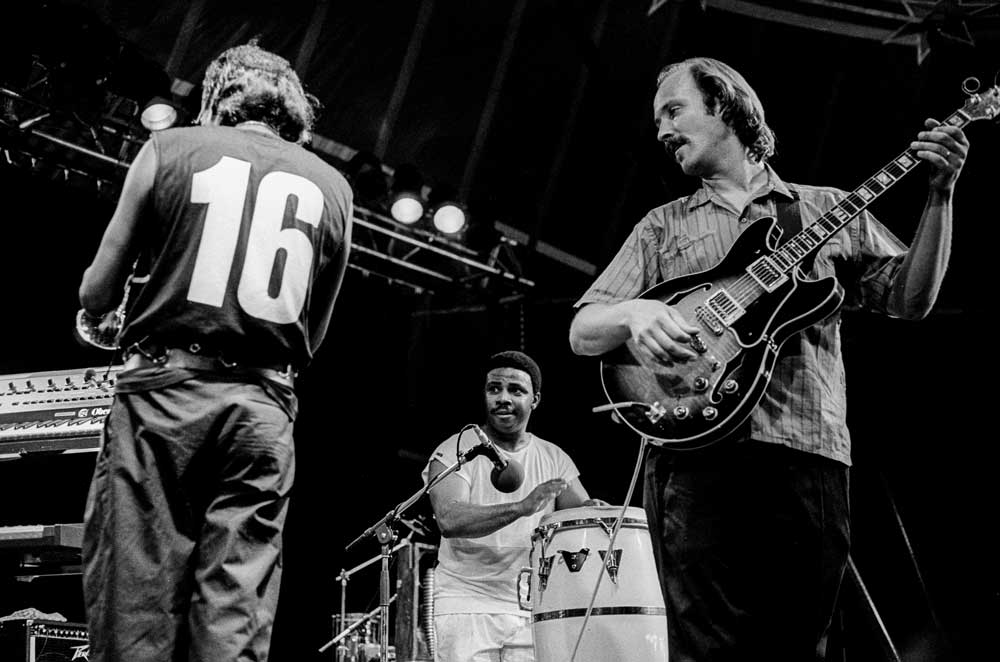
Sco was in particularly buoyant mood during late 1993, in the midst of a successful seven-album run on Blue Note and having just featured on DownBeat magazine’s Album of the Year, Joe Henderson’s masterful Miles tribute “So Near, So Far”. Metheny, meanwhile, was at the peak of his popularity, fresh from his Grammy-winning recordings “Secret Story” and “The Road To You”.
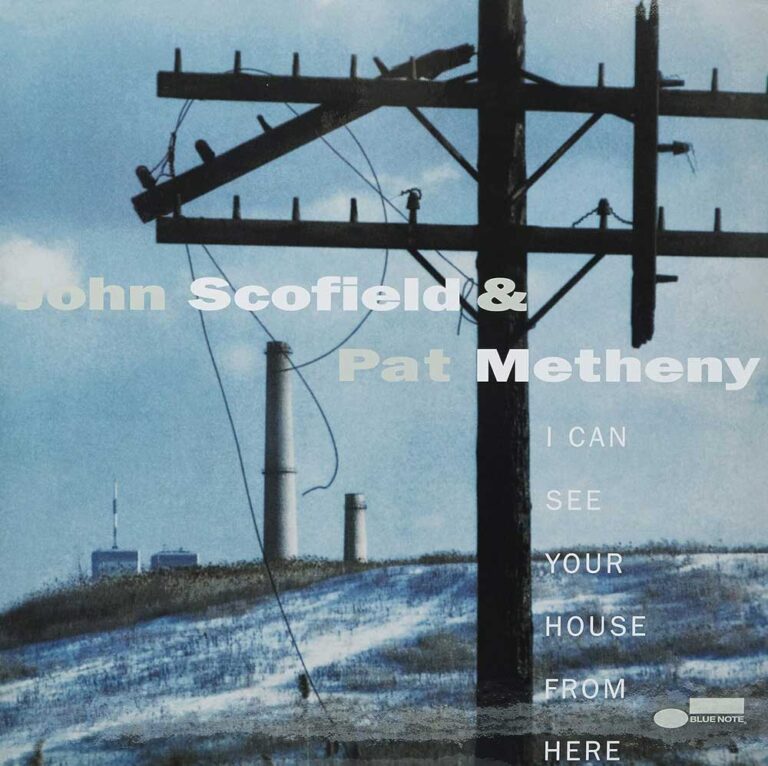
JOHN SCOFIELD & PAT METHENY I Can See Your House From Here
Available to purchase from our US store.Their collaboration was fairly inevitable for a few reasons. They had met and played together in Boston during the early ‘70s, jammed in New York City later in the decade and also shared a mentor in bassist/composer Steve Swallow. Also, Scofield’s career was also full of successful collaborations with fellow guitarists. He joined Coryell on Mingus’s “Three Or Four Shades Of Blues”, Frisell on two wonderful Bass Desires albums for ECM and on his own 1990 album “Grace Under Pressure”. He also duetted with John Abercrombie on the 1984 album “Solar” and Vernon Reid on Jack DeJohnette’s “Music For The Fifth World”.
So, after one or two false starts, Scofield and Metheny finally got together during the late fall of 1993, playing a few as-low-key-as-possible warm-up gigs with Scofield’s regular drummer Bill Stewart and Swallow on bass before gathering at New York City’s Power Station studio to record “I Can See Your House From Here”, a fascinating, timeless jazz album, beautifully recorded by engineer James Farber, showing both players in their best light on all-original compositions. And though they have totally different sonic signatures, it’s remarkable how similarly the two guitarists phrase the written material.
Scofield’s opening title track – named to document how the two guitarists were checking out each other’s careers through the 1970s and 1980s – brings to mind Ornette Coleman’s soundworld with its strong, bluesy melody and spare harmonic accompaniment (also listen out for Sco’s occasional goosing of Metheny which seems to prompt the latter to ever-more outré statements). Of Scofield’s other compositions, “No Matter What” and “You Speak My Language” are classic slowburn ballads while “Everybody’s Party”, “One Way To Be” and “No Way Jose” are tasty, bebop-tinged swingers.
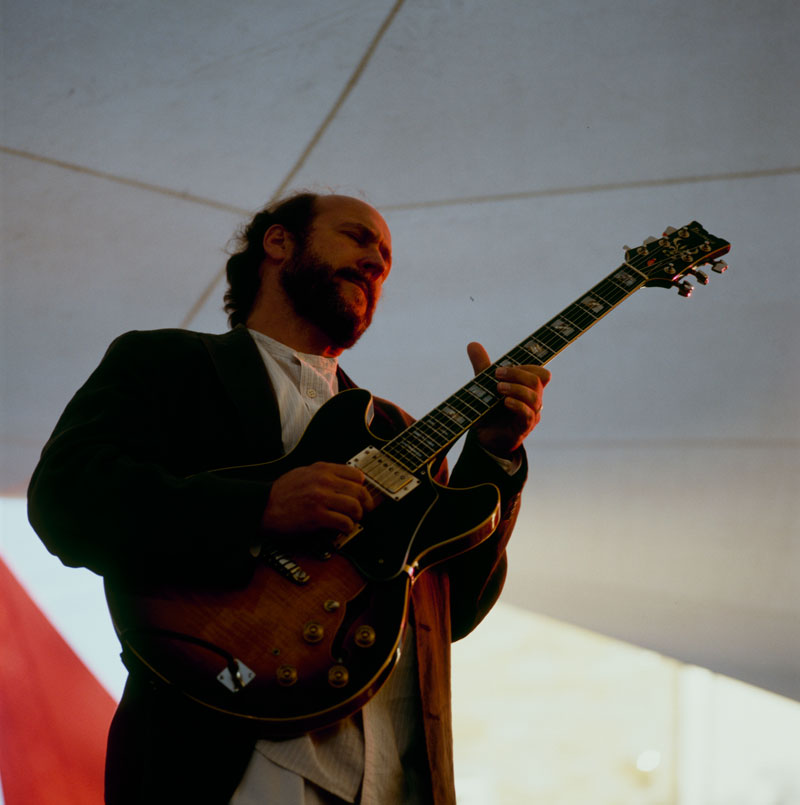

Photos: David Redfern/Redferns.
Metheny also contributes substantial material: “The Red One”, so named because of his favoured Roland guitar synth, is the closest the album gets to jazz/rock, while the tender “Message To My Friend” and “Say The Brother’s Name” inspired Scofield to play acoustic guitar for the first time on record, leading him to his “Quiet” album on Verve a few years later. Meanwhile the ingenious waltz “S.C.O.” is Metheny’s fine tribute to his friend, somewhat reminiscent of John Coltrane’s “Giant Steps”, while the shimmering minimalism of “Quiet Rising” is almost uncanny.
Scofield celebrated the April 1994 release of “I Can See Your House From Here” with a DownBeat cover story and a few well-received gigs to promote the album. He then moved on to record the sermonising “Hand Jive” with Eddie Harris while Metheny was reunited with his ever-successful Group, but would return to Blue Note later in the decade when guesting on Cassandra Wilson’s “Traveling Miles” in 1999.

JOHN SCOFIELD & PAT METHENY I Can See Your House From Here
Available to purchase from our US store.Matt Phillips is a London-based writer and musician whose work has appeared in Jazzwise, Classic Pop, Record Collector and The Oldie. He’s the author of “John McLaughlin: From Miles & Mahavishnu to the 4th Dimension” and “Level 42: Every Album, Every Song”.
Header image: Pat Metheny and John Scofield performing at North Sea Jazz Festival, Netherlands. Photo: Paul Bergen/Redferns.
